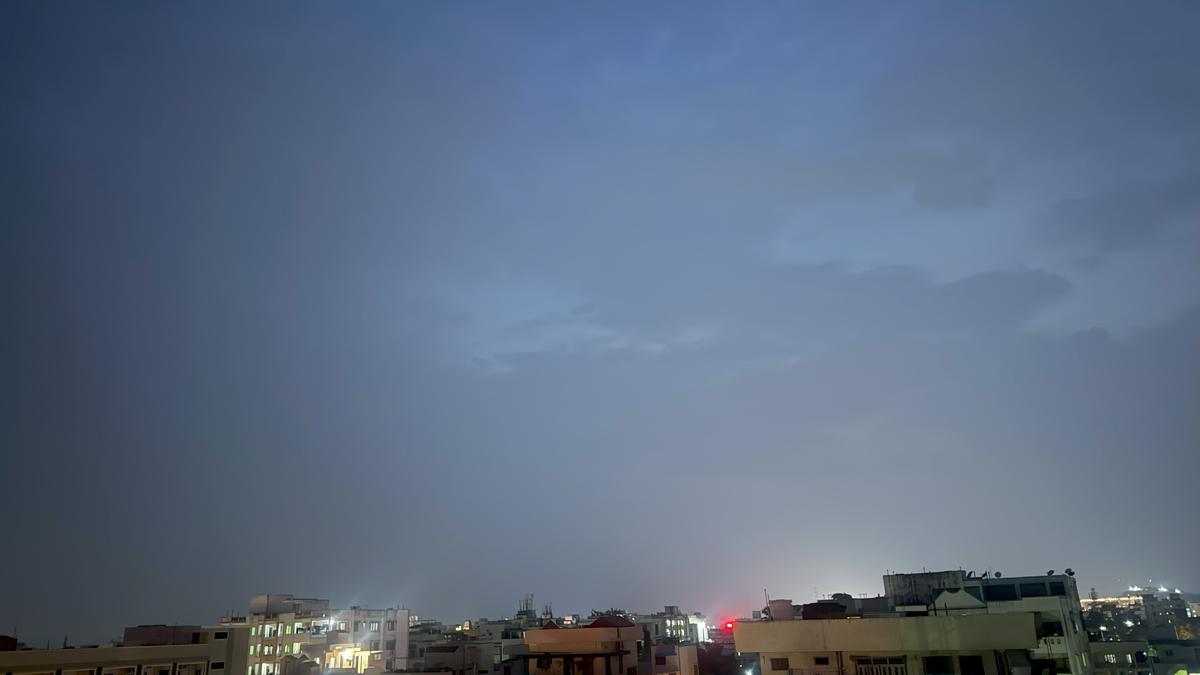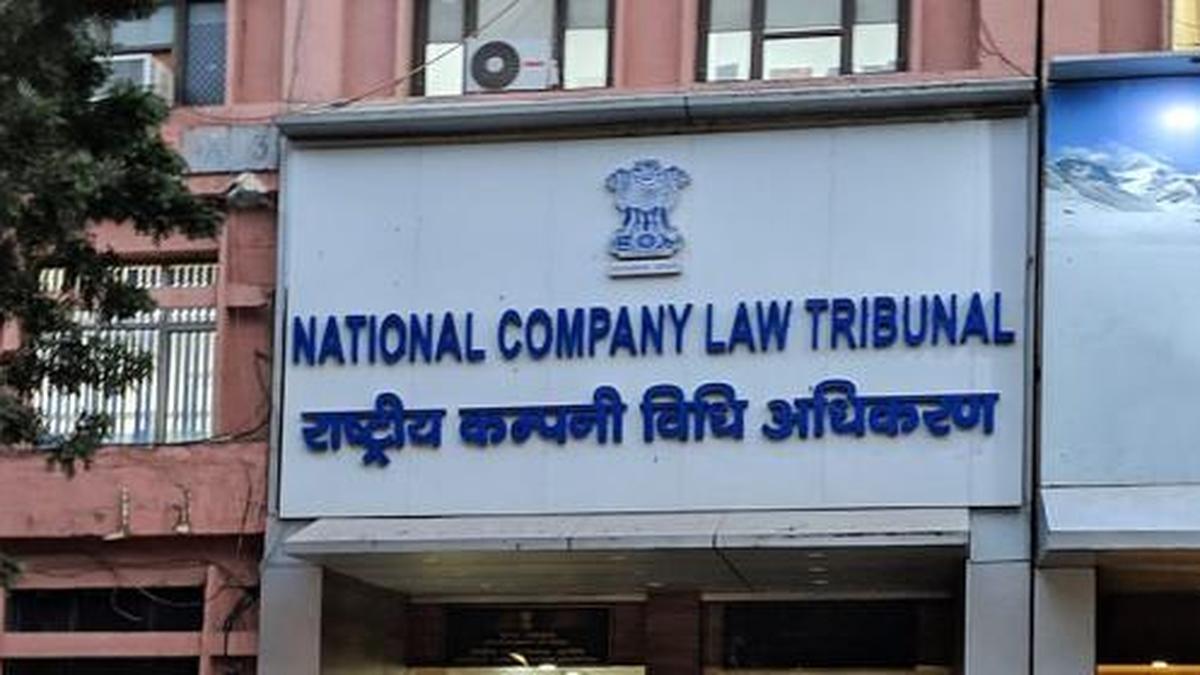ARTICLE AD BOX
Last Updated:June 13, 2025, 18:19 IST
The Indian Airlines crash in 1990 claimed the lives of 94 people on board, including four infants, two pilots, and two cabin crew members

Numerous long-term residents still vividly recall the disaster and the chilling images of the wreckage. The aircraft itself was only five months old, delivered to Indian Airlines on December 24, 1989. Image/X
On February 14, 1990, R Ramalingam, then Bengaluru police commissioner, was waiting for a flight to Madurai in the HAL Airport lounge when he witnessed a sudden surge of people running in panic. Just 100 yards away, plumes of smoke billowed into the air, instantly alerting him to an aircraft crash.
He had just witnessed one of India’s worst air tragedies: the crash of Indian Airlines Airbus A320 (IC-605/VT-EPN). The disaster claimed the lives of 94 people on board, including four infants, two pilots, and two cabin crew members. Twenty-one passengers and one crew member sustained serious injuries.
‘I immediately knew it was an air crash’: Ex-Bengaluru police commissioner
“I was travelling to my hometown, Tirunelveli, for the 13th-day rites following my father’s passing. Seated in the lounge with an assistant commissioner of police, who had come to see me off, I observed the chaotic scene unfolding outside. I immediately recognised it as an air crash," the former commissioner recounted.
Ramalingam described rushing to the wreckage to assess the situation. With wireless messaging as the primary communication method, he immediately issued orders via his wireless unit.
“I alerted all police officers and stations, informing them of the air crash at HAL Airport. I ordered the mobilisation of all city police, the dispatch of ambulances, alerts to hospitals, and the preparation of the fire force. All personnel were to report for duty. Available ambulances were to be rushed to the airport, and nearby hospitals were to prepare to receive casualties. These were my initial instructions," he told News18.
As the nation mourns the victims of Thursday’s horrific Ahmedabad Air India crash, the 1990 accident remains etched in the memories of many in Bengaluru, even today, long before its rise as the IT capital. Numerous long-term residents still vividly recall the disaster and the chilling images of the wreckage. The aircraft itself was only five months old, delivered to Indian Airlines on December 24, 1989.
‘Pilot error’: Investigation report
Following a thorough investigation, the accident’s cause was attributed to “pilot error".
The ministry of civil aviation’s accident report indicated the pilot underestimated the runway and missed it. “Those who survived were seated at the tail end of the aircraft, as the front bore the brunt of the impact," stated an eyewitness who preferred to remain anonymous.
“The scene was horrific. There were bodies to be recovered from the crash site," recalled another former police officer, VI D’Souza, who was present at the scene. Then posted at the Vijayanagara police station, he was among the many officials summoned from across Bengaluru. He arrived at the site within an hour to assist in the rescue operation.
Ramalingam informed News18 of his coordination of the emergency services. “Within hours, people were transported to hospitals, bodies were removed, and police officers from various stations were mobilised. Fire and emergency services also responded swiftly," said Ramalingam, now enjoying a quiet retirement in Bengaluru.
D’Souza told News18 that the police force, first on the scene, began extracting survivors from the wreckage one by one.
“The final report indicated the crash resulted from an error in judgment by the pilot, who misjudged the landing strip. Instead of the HAL Airport runway, he landed on an empty space—an old, dried-up lake—mere metres from the Karnataka Golf Course," he said.
Ramalingam’s promptness and immediate communication with the police control room facilitated the swift execution of emergency services and rescue operations, according to an officer who worked with him that day.
Ramalingam also recalled the visit of then chief minister Veerendra Patil to the crash site.
“I instructed my officers to preserve passengers’ belongings, particularly jewellery and other personal items, and ensure their careful handover to the next of kin," the former commissioner stated.
After a comprehensive inquiry by the ministry of civil aviation into this horrific tragedy, the report concluded that the “failure of the pilots to monitor speed" resulted in the crash.
Birla family members among deceased in 1990 crash
Among the casualties were Ashok and Sunanda Birla and their daughter, Sujata, of the renowned Birla family. Yashovardhan Birla, the sole surviving family member, later documented this traumatic experience in his book, On a Prayer.
A senior journalist who covered the 1990 crash told this reporter years ago that the Birla family was en route to Bengaluru for the inauguration of the 3M factory.
The journalist also recounted the story of a miraculous survivor, reminiscent of the lone survivor in Thursday’s Ahmedabad crash.
Around midnight, the then police commissioner Ramalingam was awakened by the reporter, who informed him of a discrepancy between the passenger manifest and the lists of injured and deceased.
“There was one person unaccounted for," Ramalingam was told.
This prompted the police to re-examine the manifest, obtain passenger addresses, and conduct a citywide search, eventually leading them to a possible survivor residing in Malleswaram, North Bengaluru.
“The police located him at his residence and confirmed he was indeed a crash survivor. The officer reprimanded him for not informing the department of his survival," the reporter recalled.
The survivor explained he had been seated in the middle of the aircraft. During the crash, he navigated towards the rear door, drawn by light emanating from that area. A surviving air hostess had opened the rear door, and he jumped out.
“He walked to Old Madras Road, took an auto-rickshaw to his home in Malleswaram, consulted a doctor due to anxiety, received an injection, and then went to sleep," the journalist said.
How did the 1990 Bengaluru crash happen?
The five-month-old Airbus A320-231, registered as VT-EPN (serial number 79), departed Mumbai (then Bombay) at 11:58 IST after an hour’s delay. The same aircraft had already completed two Bombay-Goa-Bombay trips earlier that day. On this fateful flight, it carried 139 passengers and seven crew members, including four infants, bound for Bengaluru.
Captain SS Gopujkar commanded Flight IC-605, with Captain CA Fernandez as co-pilot. Capt Gopujkar had over 10,000 hours of flying experience.
A copy of the MoCA report on the 1990 accident, accessed by News18, noted the aircraft had logged around 370 flight hours across 302 flights and was powered by two IAE V2500-A1 engines.
At 12:53 IST, the flight appeared on Bengaluru ATC radar, and the pilots were instructed to approach Runway 09 at HAL Airport.
During the landing attempt, it was discovered that the pilots had misjudged the approach. The aircraft descended far below the glideslope and touched down on the Karnataka Golf Club grounds, approximately 850 m short of the runway.
The landing was rough. Survivors reported a hard landing followed by a second jolt. Many seat belts jammed, hindering escape.
“People were thrown around by the impact. The force was so great that the landing gear and engine detached from the aircraft, landing in an open, rocky area near the airport," a survivor recounted.
“Failure of pilots to monitor speed" resulted in the crash, the report concluded.
It stated, “Failure of the pilots to realise the gravity of the situation and respond immediately by adjusting the throttles, even after the radio altitude call-outs of ‘Four Hundred,’ ‘Three Hundred,’ and ‘Two Hundred’ feet, despite knowing the plane was in idle/open descent mode."
“However, the reason for the engagement of idle/open descent mode on short final approach during this critical phase remains undetermined," it added.
What did the Karnataka High Court observe?
The Karnataka High Court appointed a court of inquiry under Justice K Shivashankar Bhat, a sitting High Court judge.
The final 581-page report, submitted to the government on December 3, 1990, indicated that the Directorate General of Civil Aviation’s investigation revealed the aircraft never entered the correct speed mode for landing. One of the flight directors remained engaged until impact.
“It is clear the pilots failed to transition from idle/open descent mode to speed mode, even after recognising the aircraft’s state, during the critical landing phase. After the runway came into view and landing checks were completed, the pilots focused on the Flight Directors and autopilot instead of reacting to the situation using the throttle. The crash resulted entirely from the pilots’ inaction in a crucial 25-second window, not their actions," the court observed.
One engine was later recovered from Wind Tunnel Road, with wreckage scattered across vacant land near the airport. Victim identification was painstakingly conducted using dental records, as DNA testing was in its nascent stages.
“It was arduous. Each day, we identified a few of the deceased through belongings or dental records confirmed by their families. It was heart-wrenching," said D’Souza.

Rohini Swamy, Associate Editor at News18, has been a journalist for nearly two decades in the television and digital space. She covers south India for News18’s digital platform. She has previously worked with t...Read More
Rohini Swamy, Associate Editor at News18, has been a journalist for nearly two decades in the television and digital space. She covers south India for News18’s digital platform. She has previously worked with t...
Read More
- Location :
- First Published:
News india Tailspin Of Grief: As Nation Mourns After Air India Crash, Bengaluru Relives 1990 Tragedy



.png)
.png)
.png)
















 18 hours ago
4
18 hours ago
4








 English (US) ·
English (US) ·